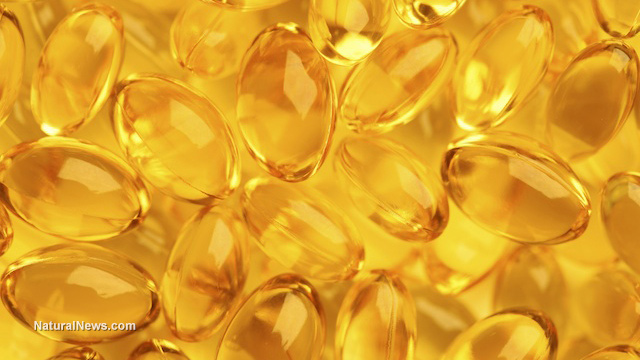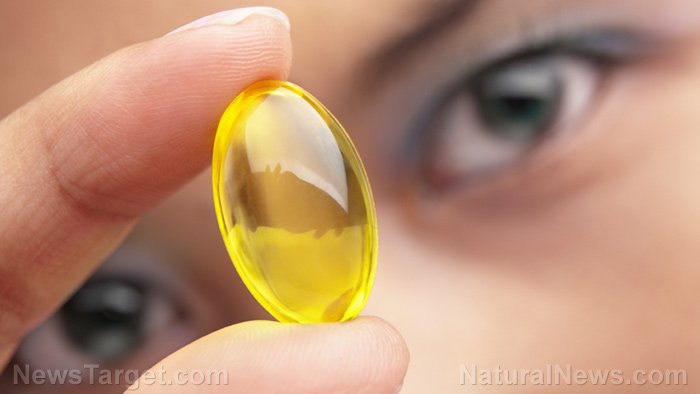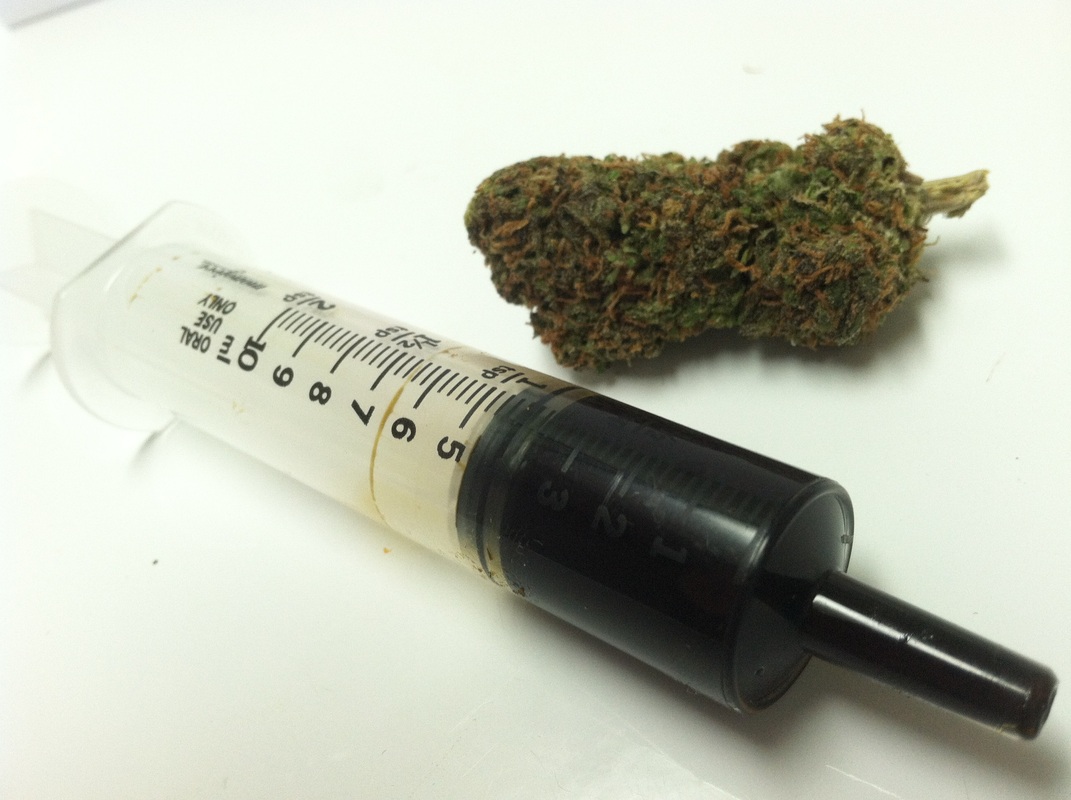Fracking pollutes the water; chemicals contribute to breast cancer by causing uncontrolled cell division
03/22/2018 / By Edsel Cook

Laboratory mice are subject to many of the vulnerabilities that affect humans. So, when a recently-released study warns that female lab mice developed pre-cancerous growths in their mammary glands after they were exposed to high levels of chemicals used for fracking, it stands to reason there’s something toxic about those chemicals.
The study was implemented by researchers from the University of Massachusetts Amherst (UMass Amherst). They reported detecting changes in mammary gland development of female mice exposed to the chemicals used in unconventional oil and gas (UOG) extraction at levels environmentally relevant to humans.
“This study shows that a mixture of UOG chemicals can affect the long-term health of the mouse mammary gland, even after low-level exposures in the womb. These results are particularly interesting because they suggest harm from chemicals that have been poorly studied, but with likely widespread human exposures,” warned Laura Vandenberg, the leader of the study.
“Studying chemicals in mixtures also remains fairly rare, but it is an important research direction because most chemicals that humans encounter from the environment are found in complex mixtures,” she remarked.
The proliferation of oil and gas wells mean more than 17 million Americans live within a mile of such a facility. The UMass Amherst researchers suspected that those wells have contaminated surface and groundwater. (Related: Methane pollution much higher in Pennsylvania than the state admits, warns environmental group.)
UOG chemicals added to drinking water of pregnant mice
The UMass Amherst research team exposed several groups of pregnant mice to one of four different UOG doses or a control substance in their drinking water until they gave birth.
The two lower doses are typical of the unconventional oil and gas chemical concentrations found in drinking water in regions with fracking operations. The highest dose represents the concentrations of numerous UOG mixture components in industrial wastewater.
As of the time of the study, the team had not yet determined the concentrations of certain UOG chemicals in drinking water or wastewater.
Mammary tissue from female pups was analyzed on either postnatal day 21 (pre-puberty) or 85 (early adulthood). A partner laboratory at the University of Missouri, Columbia analyzed the mammary tissue samples of the mice exposed to the UOG chemical mix.
The power of the elements: Discover Colloidal Silver Mouthwash with quality, natural ingredients like Sangre de Drago sap, black walnut hulls, menthol crystals and more. Zero artificial sweeteners, colors or alcohol. Learn more at the Health Ranger Store and help support this news site.
Possible pre-cancerous lesions traced to UOG exposure
Initial findings indicate that prenatal exposure to the 23-chemical mixture did not change the morphology of the pups’ mammary glands before puberty. However, on day 85, the UOG-exposed samples showed structures that looked like terminal end buds, which normally appear only during puberty.
Researchers examined the tissues of these abnormal structures. The ducts showed “excessive layers” of epithelial cells, theorized to be possible pre-cancerous lesions.
Based on these results, the UMass Amherst team concluded that mouse mammary gland tissues are vulnerable to the chemicals often used in UOG processes. Depending on the level of dosage, there are effects on tissue shape, cell growth, and appearance of breast cancer risk markers.
Recommendations for further studies were fourfold. First, the researchers wanted to find out the long-term effects of the UOG chemicals on the mammary glands, such as any risk of cancer or change in lactation.
Second, the levels of UOG chemicals and other contaminants in environmental samples needed better quantification. To this end, they suggested a thorough evaluation of all the chemicals associated with fracking and other related processes.
Third, there is a need to study the effects of chemical exposure on lab animals during pregnancy and lactation, puberty, old age, and other periods.
Finally, they wished to find out if animals could develop sensitivity to carcinogens or hormones if they had been exposed to a UOG mix during development.
Sources include:
Tagged Under: breast cancer, breast cancer tumors, cancer, cancer-causing chemicals, carcinogenic chemicals, chemicals, fracking, Oil and gas industry, risk of cancer risk of cancer, wastewater contamination, Water contamination




















